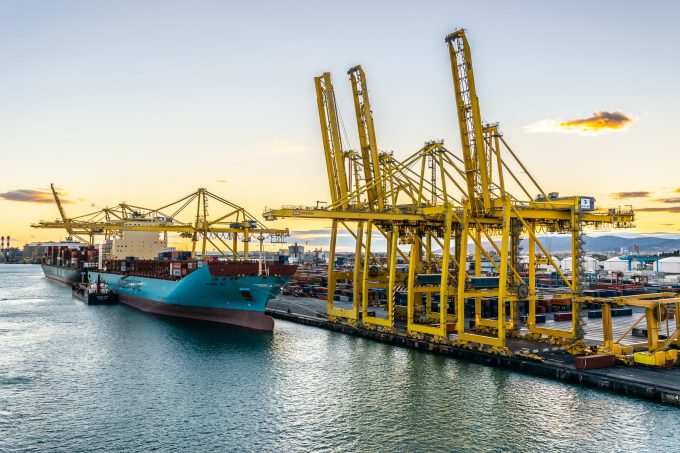Tighter EU import requirements proving 'a challenge' for forwarders
“Stricter Customs regulations” from the EU’s ICS2 will see “stricter enforcement”, Hapag-Lloyd has warned, and ...

Pressure seems to be easing on West Mediterranean ports after a difficult few weeks, when bad weather compounded the issues arising from the Red Sea attacks.
Just at the start of the week, reports warned of spiking manufacturing costs and parts shortages, with a number of terminals noting that they were near to full and concerned about the continuing flow of vessels, with many awaiting berthing slots.
Today, however, a spokesperson for Maersk told The Loadstar ...
New senior management for DSV as it readies for DB Schenker takeover
Volumes set to 'fall off a cliff' as US firms hit the brakes on sourcing and bookings
Temporary tariff relief brings on early transpacific peak season
'Tariff madness' will prompt renegotiation of ocean shipping contracts
Response to tariffs by Chinese importers may see extra costs for US shippers
FedEx and UPS add 'China fee' ahead of the end of de minimis
Carriers warn of delays as congestion increases at North Europe's ports
Hongkong Post suspends services to 'unreasonable' and 'bullying' US

Comment on this article